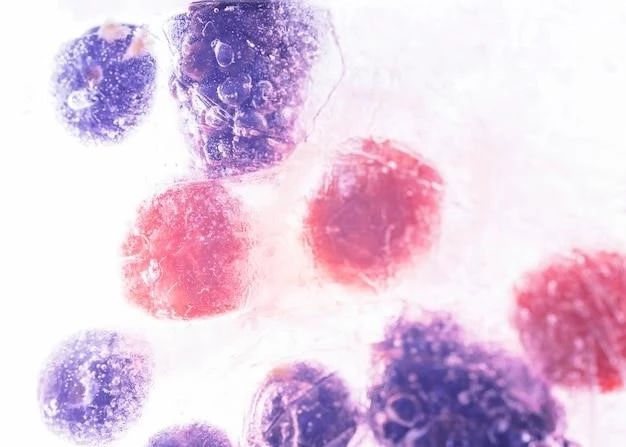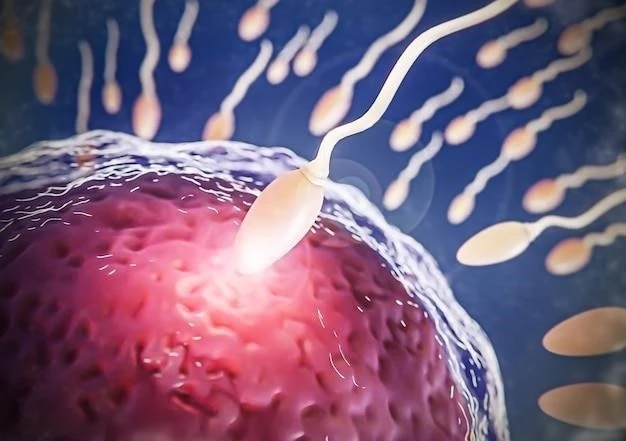Disease Overview of Epidermolysis bullosa dystrophica, dominant type

Epidermolysis bullosa dystrophica, also known as dystrophic EB, is a genetic disorder affecting the connective tissue. It is characterized by the dominant inheritance of a mutation affecting collagen in keratinocytes, leading to skin blistering, fragility, scarring, and blister formation in the subepidermal layers of the epidermis.
Introduction to Epidermolysis bullosa dystrophica
Epidermolysis bullosa dystrophica, also referred to as dystrophic EB, is a distressing genetic disorder characterized by skin blistering and fragility. This condition is caused by a dominant mutation affecting collagen in keratinocytes, leading to painful blister formation in the subepidermal layers of the skin. The blisters can result in scarring and intense discomfort for affected individuals. Understanding the pathogenesis of this inherited disease is crucial for proper diagnosis and management. Let’s delve deeper into the intricacies of this debilitating condition.
Understanding the Genetic Basis
Epidermolysis bullosa dystrophica, dominant type, is rooted in genetic mutations that disrupt the production and functionality of collagen within the skin’s keratinocytes. This condition follows a dominant inheritance pattern, meaning that an affected individual only needs one copy of the mutated gene to display symptoms. The mutation compromises the structural integrity of the skin, leading to extreme fragility and blister formation. Researchers continue to investigate the specific genetic alterations responsible for this disorder, offering hope for improved diagnosis and potential targeted therapies in the future.
Symptoms and Clinical Manifestations
Epidermolysis bullosa dystrophica presents a range of distressing symptoms and clinical manifestations due to the skin’s fragility. Common indications include painful blister formation, skin erosion, and scarring, particularly in areas prone to friction or trauma. The subepidermal blisters can lead to complications such as skin infections and impaired wound healing. Affected individuals may experience chronic pain and discomfort, impacting their quality of life significantly. Understanding and recognizing these symptoms are vital for timely intervention and proper management of this challenging genetic condition.
Subtypes of Epidermolysis bullosa dystrophica
Within the realm of Epidermolysis bullosa dystrophica, there are specific subtypes that exhibit variations in severity and clinical features. The dominant type is characterized by mutations affecting the collagen in keratinocytes, leading to skin blistering and fragility. Dystrophic EB manifests with subepidermal blisters that can cause scarring and significant pain. Understanding the nuances of these subtypes is crucial for accurate diagnosis and tailored management strategies to address the diverse needs of individuals affected by this challenging genetic disorder.
Diagnosis and Management
Diagnosing Epidermolysis bullosa dystrophica, dominant type, involves a meticulous evaluation of clinical symptoms, skin biopsies, and genetic testing to confirm the presence of specific mutations. Management strategies focus on preventing blister formation, promoting wound healing, and addressing complications such as infections and scarring. Multidisciplinary care involving dermatologists, genetic counselors, and wound care specialists is essential for comprehensive treatment planning. While there is no cure for this inherited condition, symptom management and supportive care play a crucial role in improving the quality of life for individuals living with dystrophic EB.
Impact on Quality of Life
Epidermolysis bullosa dystrophica, dominant type, exerts a profound impact on the quality of life of affected individuals. The painful blistering, skin fragility, and scarring associated with this genetic disorder can result in chronic discomfort, limited mobility, and emotional distress. Daily activities such as bathing, dressing, and even eating may become challenging tasks. Psychological support, pain management strategies, and adaptive tools can help enhance the quality of life for those living with dystrophic EB. Raising awareness and fostering a supportive community are essential in improving the overall well-being of individuals affected by this debilitating condition;
Research and Future Directions
Ongoing research efforts in the field of Epidermolysis bullosa dystrophica, dominant type, aim to identify novel treatment modalities and enhance our understanding of the underlying molecular mechanisms. Emerging therapies, such as gene editing techniques and targeted medications, hold promise for addressing the genetic mutations responsible for this condition. Clinical trials and collaborative studies seek to improve diagnostic tools, refine management strategies, and ultimately find a cure for dystrophic EB. By advancing scientific knowledge and technology, the future holds hope for more effective treatments and better outcomes for individuals impacted by this challenging genetic disorder.
